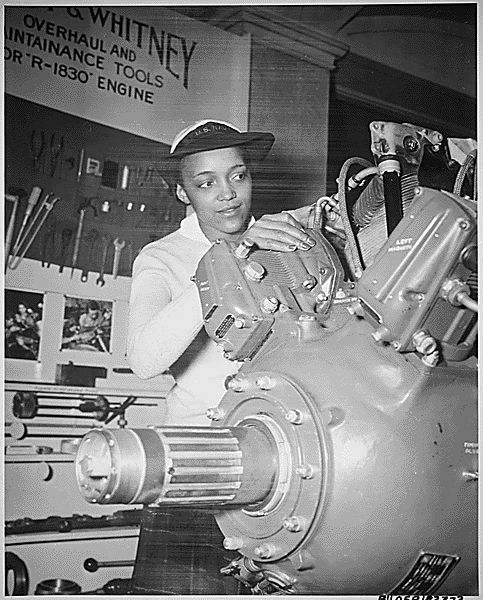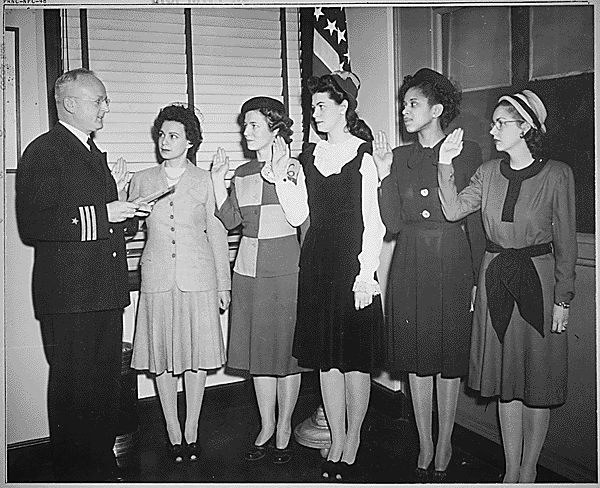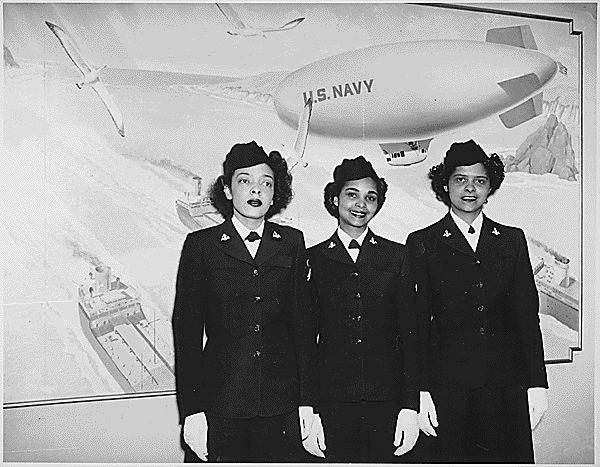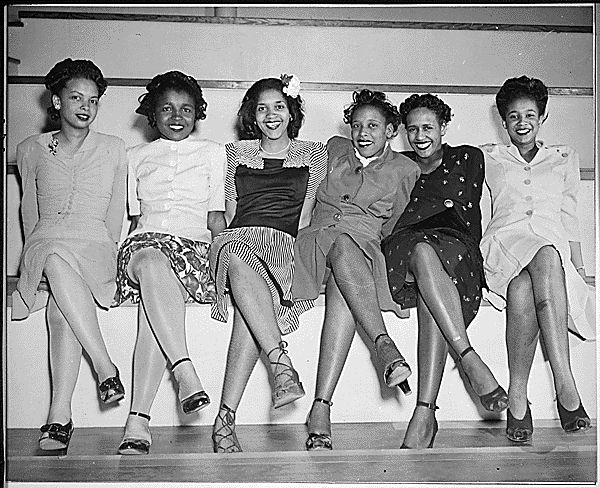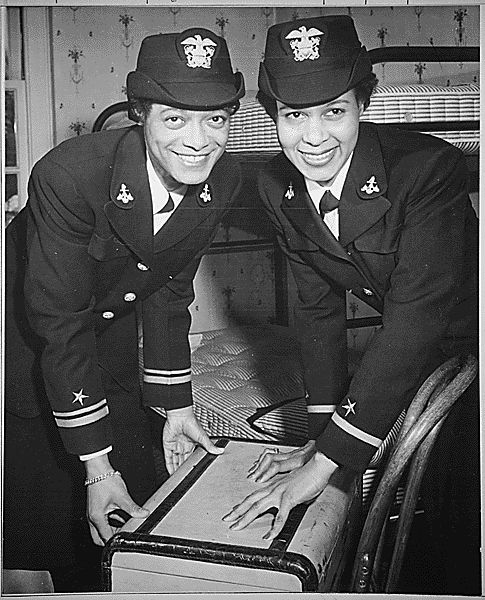Photographs Document Some of the First Black Women to Serve With the U.S. Navy
Black women were not allowed to join WAVES (Women Accepted for Volunteer Emergency Service) until 1944
Frances Eliza Wills got the opportunity to work with Langston Hughes while pursing her M.A. in social work at the University of Pittsburgh, but even that experience might have been overshadowed by how she likely felt on December 21, 1944. That was the day that she and her colleague Harriet Ida Pickens became first African American women to be commissioned as officers in the U.S. Navy.
A photograph captures the duo's wide grins on that day, as they push down to close a suitcase, though Wills would later write that the image had been staged: "Both Harriet and I had long since stowed away all our gear and were waiting with the same undisguised eagerness as all of our classmates for train time," she wrote in her memoir, Navy Blue and Other Colors. "It was not difficult to smile a happy smile."
At "Rediscovering Black History," Tina L. Ligon, an archivist at the National Archives in College Park, Maryland, shares a treasure trove of photographs of black women in the U.S. Navy, including that of Wills and Pickens. The photographs are held in a collection documenting the WAVES program (Women Accepted for Volunteer Emergency Service), which started during World War II.
The women who served in WAVES helped in "recruiting new members, in caring for wounded soldiers, and in participating in physical training," Ligon writes. The full series includes women from all different ethnic backgrounds who became air traffic controllers, translators, lawyers, hospital corpsmen, bakers, couriers, draftsmen, cryptologists and meteorologists, she adds. But her selection here focuses on black women, who were not permitted to join WAVES until late 1944.
Ligon writes that WAVES Director Mildred McAfee and activist Mary McLeod Bethune were both instrumental in getting the Navy to accept black women into the program. From World War II to the Vietnam War years, the program accepted and trained roughly 1 black woman for every 36 white women. Black women therefore made up nearly three percent of the 85,000 women who served in WAVES.
Ligon adds:
Although WAVES were able to serve in many fields that were once considered only for men, they still had to endure geographical restrictions. Their military activity was restricted only to duty in the continental US. WAVES during World War II were not allowed to serve aboard combat ships or in aircraft.
So the fight for equality continued. Women weren't allowed to be promoted to the ranks of general or admiral until 1967. Eventually, higher barriers fell: In 2014, Admiral Michelle J. Howard became the first woman in the Navy's history to attain the rank of four-star admiral, standing on the shoulders of the women before her whose skill and leadership abilities made the first inroads.
